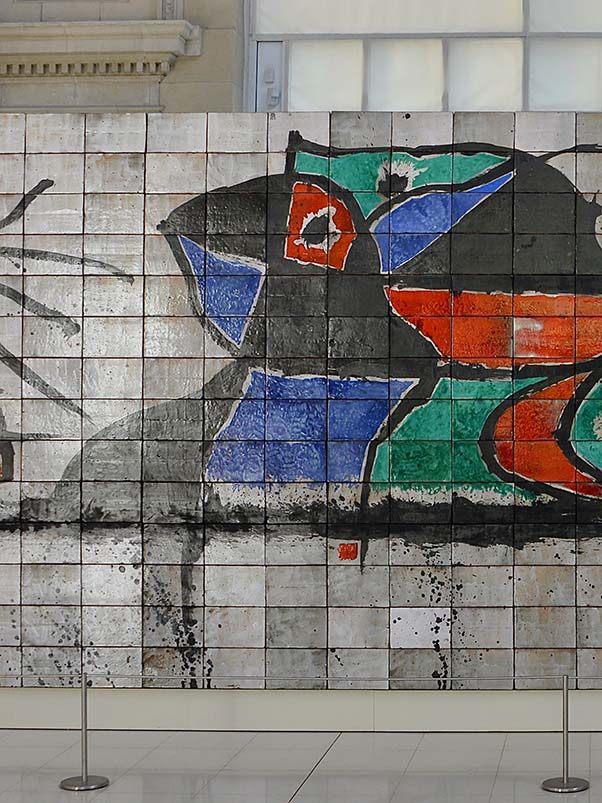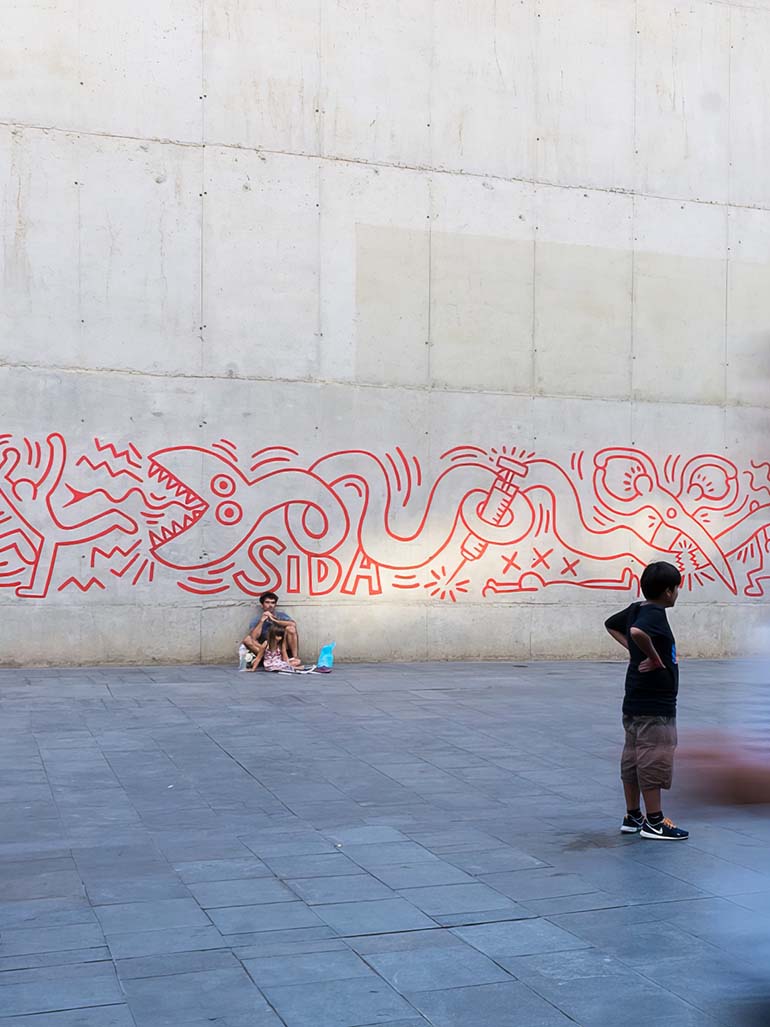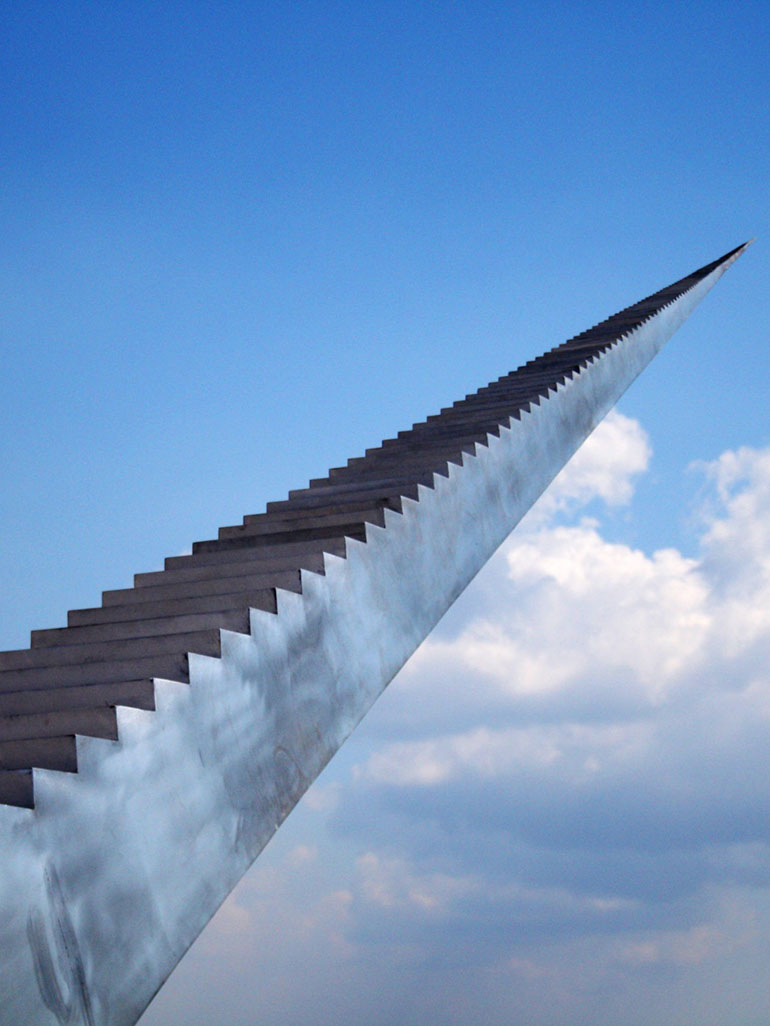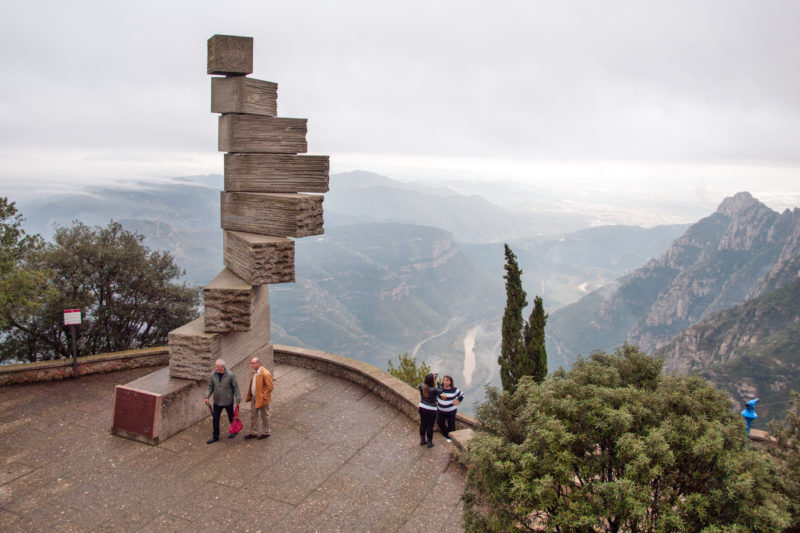
08199 Monestir de Montserrat, Barcelona, Spain Copy to clipboard
41.594066, 1.841133 Copy to clipboard
Before you go
Nearby attractions: Explore the Montserrat Abbey and surrounding hiking trails, offering stunning views and unique photo opportunities.
Photography: The monument is best photographed during early or late sunlight. Plan your shots from different angles to include the surrounding Montserrat landscape.
Safety: Stay on designated paths and respect the fencing around the monument. The area is generally safe but can be busy during peak tourist hours.
Best visit time
The best time to visit is during the morning or late afternoon when lighting enhances the sculpture and surrounding Montserrat landscape.
Avoid peak tourist hours to enjoy a quieter experience and better photo opportunities. Clear days are ideal for capturing stunning views of the Montserrat mountains.
Directions
By car
Drive towards Montserrat, following signs for the parking area near the buffet restaurant. The monument is located along the road leading to the lot.
By train
Take the train from Barcelona to Montserrat-Aeri station, then transfer to the Montserrat cable car for the ascent to the mountain.
By bus
Join an organized tour group from Barcelona or take a local bus to Montserrat. The monument is a short walk from the main drop-off points.
What is it
Situated in Montserrat, Spain 1, the Stairway of Understanding is one of the most sacred spots in Spain, which explains why it is such a well-known pilgrimage destination among the locals.
Millions of tourists visit Montserrat every year to lay eyes on some of the most beautiful monuments in the region. The Stairway to Understanding is one of the most beloved attractions.
Stairway to Understanding, also commonly referred to as Escala de l’Enteniment by the locals, was conceptualized by the late Josep Maria Subirachs 2, one of the best-known Spanish sculptors and painters of his time.
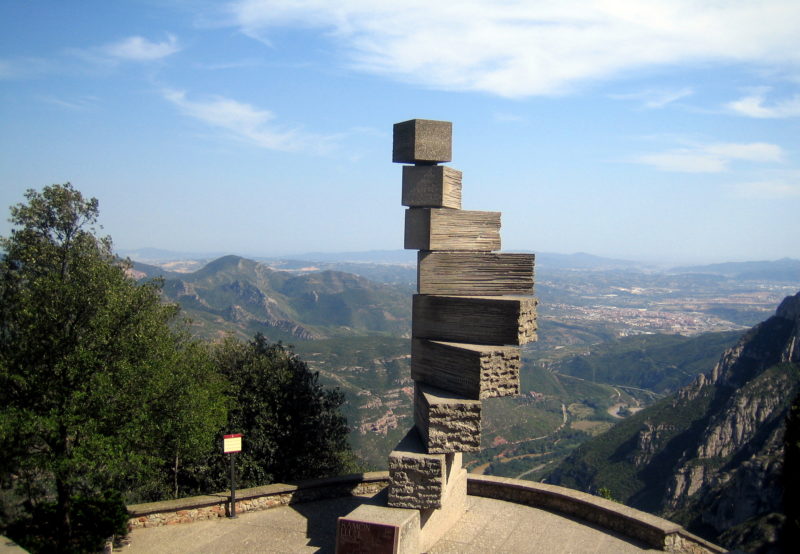
Inspiration
Josep Maria was inspired to design and create this monument by Ramon Llull 34, the philosopher, mystic, and missionary from the Kingdom of Majorca.
Subirachs’ Monument a Ramon Llull expresses Llull’s thoughts, in which he categorized the different subjects of creation. Therefore, this monument consists of eight rectangular blocks that were stacked in a spiral-like manner to represent seven different beings and their tiered order in life.
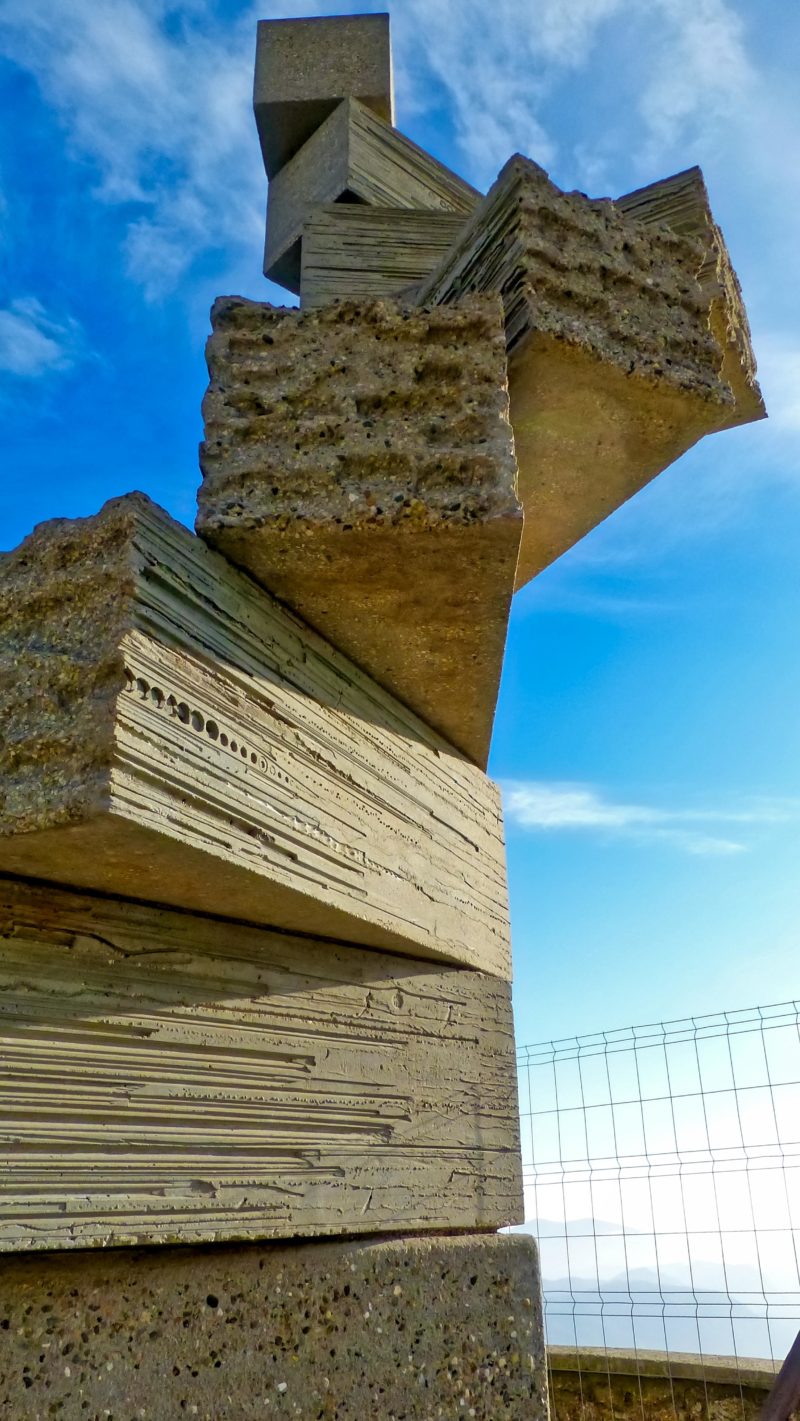
Specifically, each of the steps in the monument represents the following beings from the top to the highest stone: Stones, then flame, then plants, beasts, men, heaven, followed by angels and God at the highest spot.
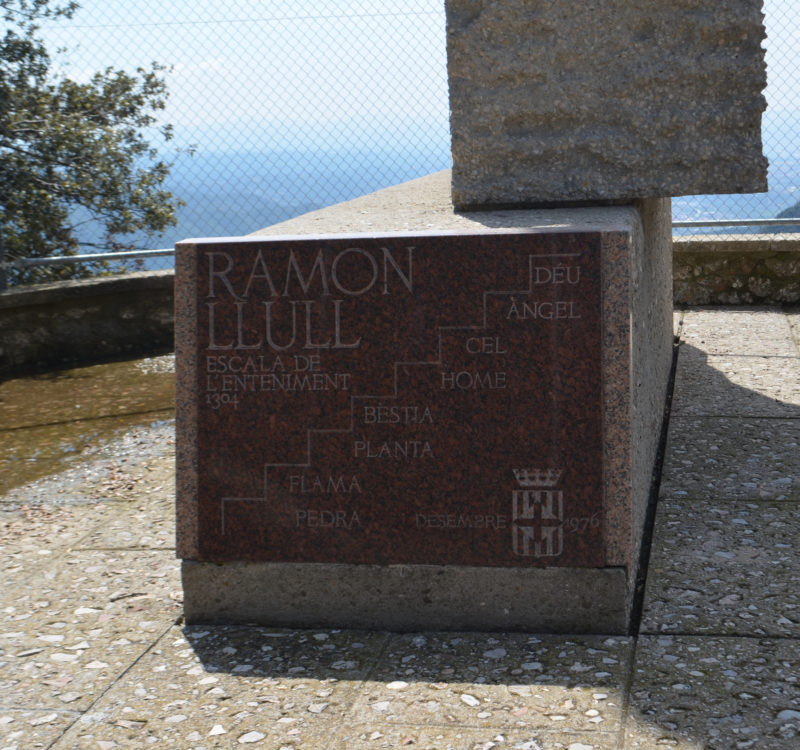
Stones, flames and plants are part of the material world and the last three belong to the intellectual world. We engage in both worlds and this duality makes us greedy and virtuous at the same time. Our choices either keep us on the lower steps or move us closer to the top.
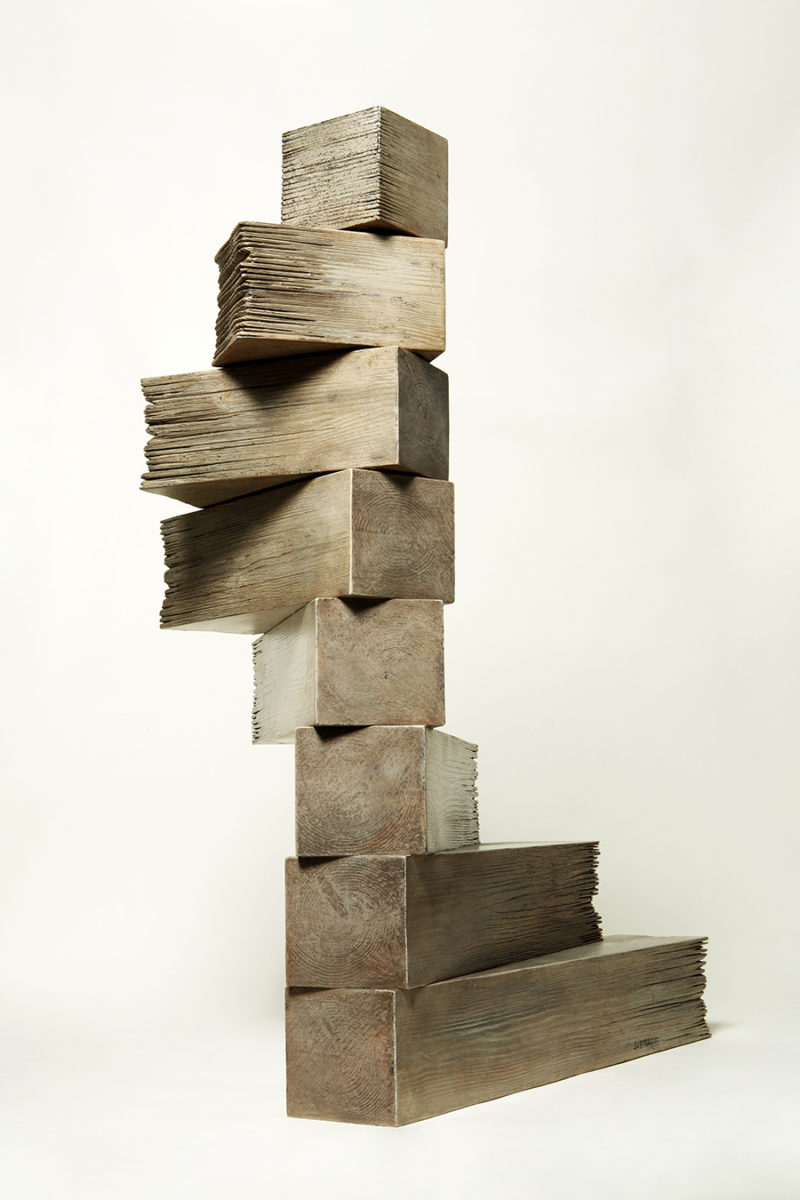
Nine parallelepipedic shapes create a set of steps that progressively open up like a fan. Only the last, representing God, is geometrically perfect, a cube with all of its sides polished.
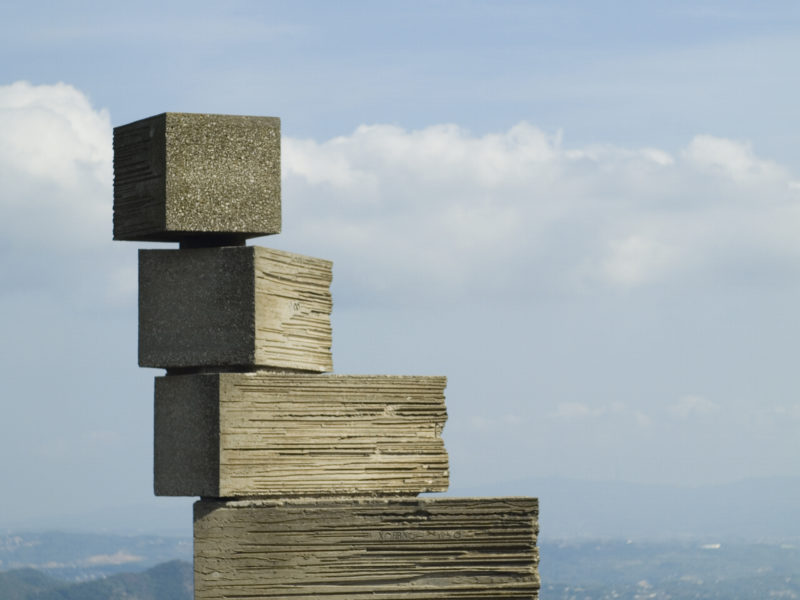
Instagram & Recent popularity
The monument to the 13th-century philosopher has been around for more than 40 years and is set on the edge of a picturesque viewpoint, located just a few steps from the Santa Maria de Montserrat abbey.
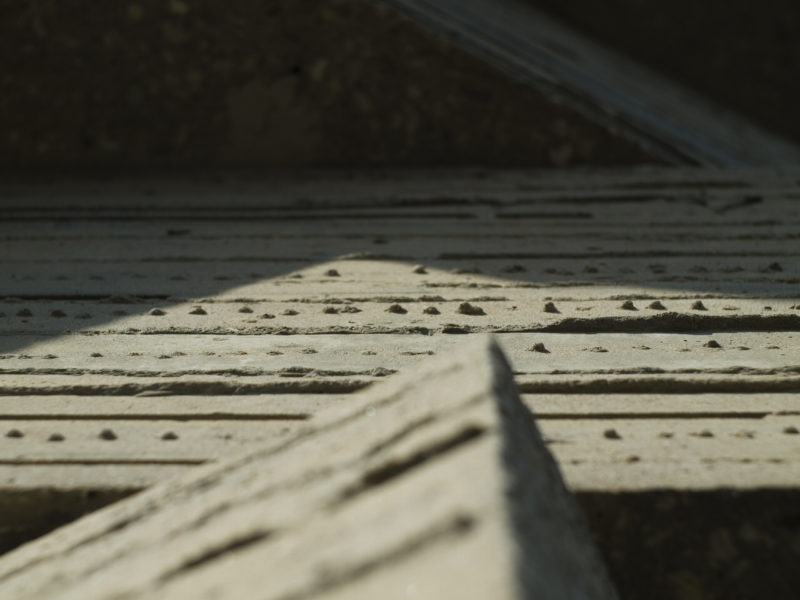
From a distance, the dramatic spiral work appears to be rising hundreds of feet from the bottom of the valley, offering some form of slanted angles that has now become extremely popular with Instagram users who arrive to experience the monument from all over the world.
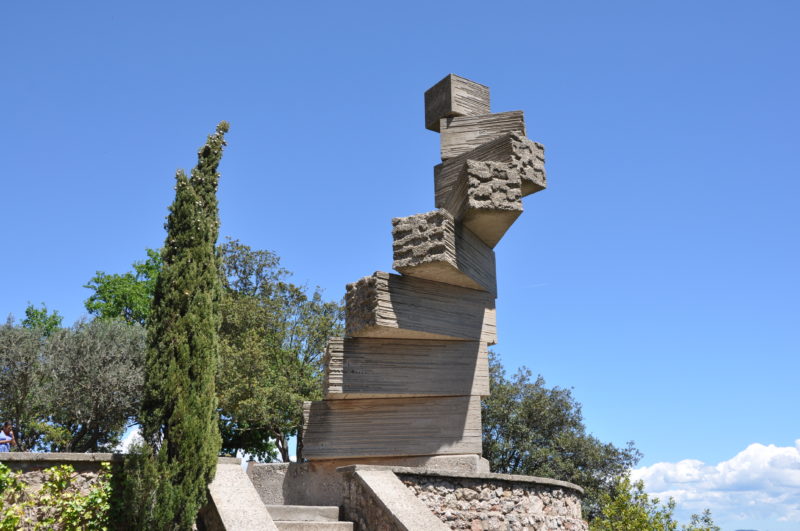
You can look but can’t climb
Although the monument looks tall and risky to climb to the top, which is now forbidden, the stairway is in actuality only about 9 meters high and positioned on a patio. As such, climbing and reaching the upper tier involves climbing up the 3-meter-wide blocks that represent the eight stages of awareness, from stone at the bottom to God at the top.
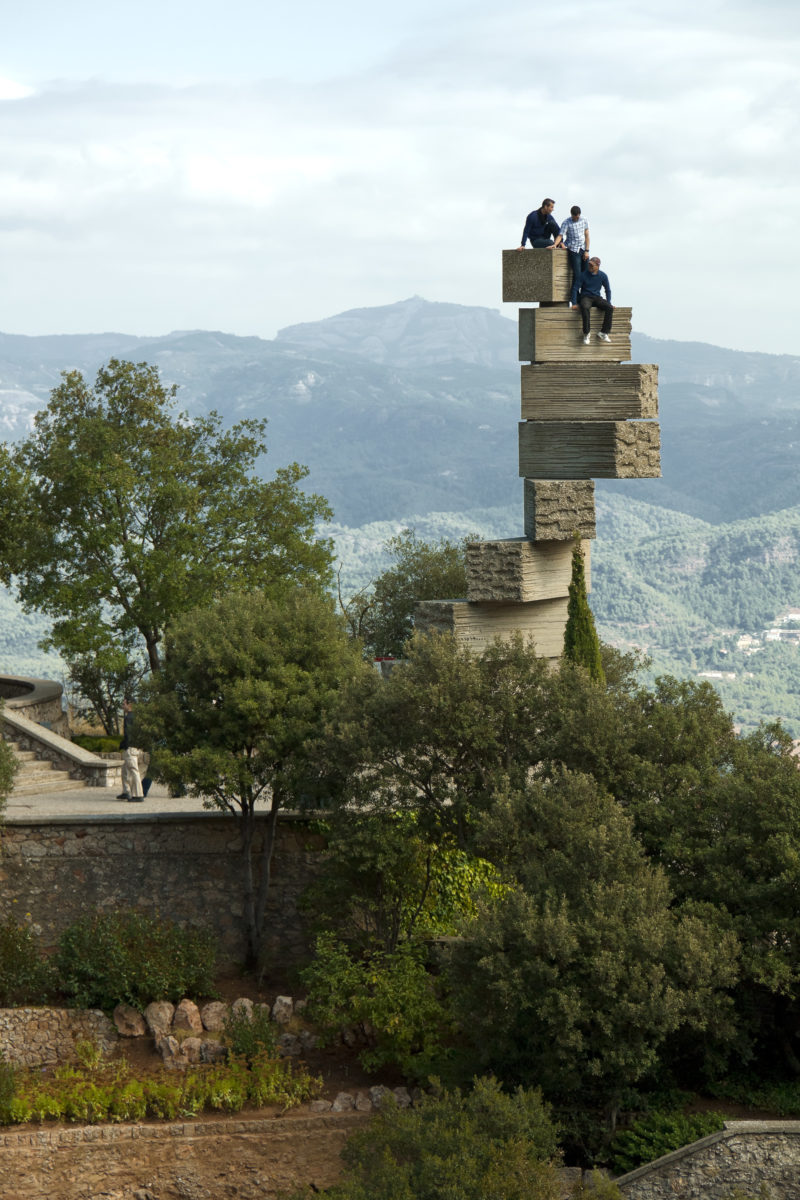
The sculpture has now been fenced to prevent people from climbing to the top of the monument. Even without climbing to the upper stone, the Subirachs’ artwork is surrounded by a striking mountain range that delivers a sense of calm for anyone that visits the stairway.
The placement underscores the grandness and, installed on one of the terraces of Montserrat mountain, appears to open towards infinity.
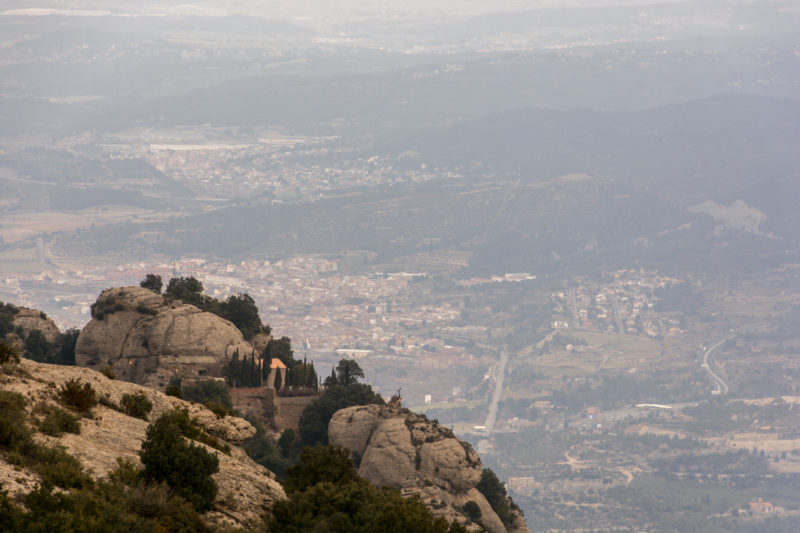
A little about Josep Maria Subirachs
Josep Maria Subirachs had a long and successful career in several other disciplines, not just creating sculptures. The artist is most remembered for his work in the Sagrada Familia basilica, which was commissioned in 1986.
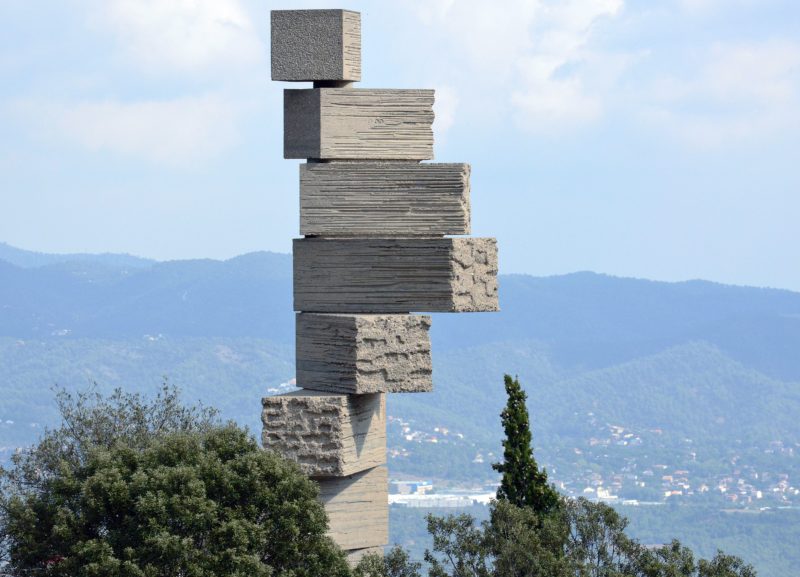
Subirachs was commissioned to create sculpture groups for the church’s exterior. It took Josep 18 long years to complete them.
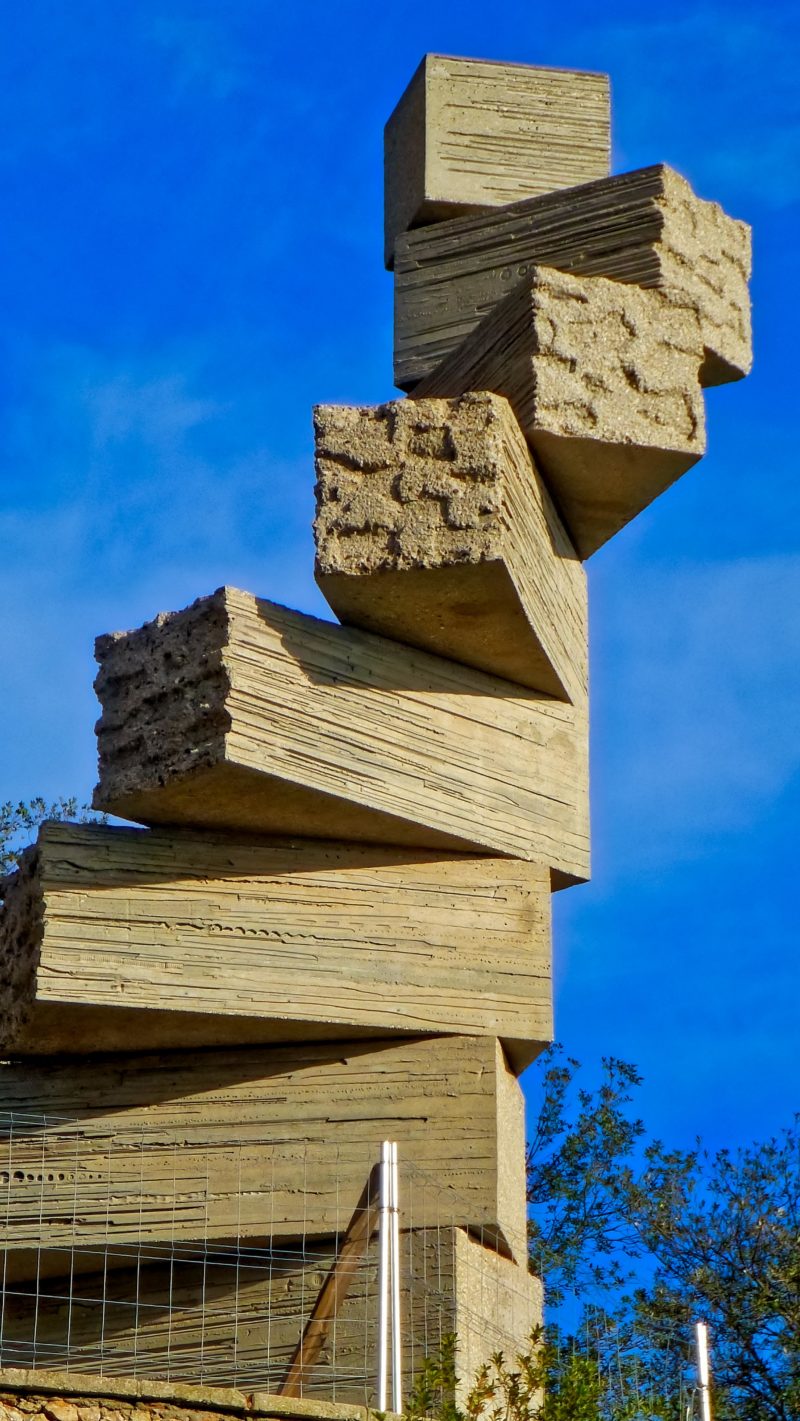
But it was not until the 1960s that Subirachs started attracting international acclaim where the artist was invited to participate in numerous exhibitions all over Europe, America, and China. A large number of his sculptures are spread in public spaces all through Barcelona and Catalonia.
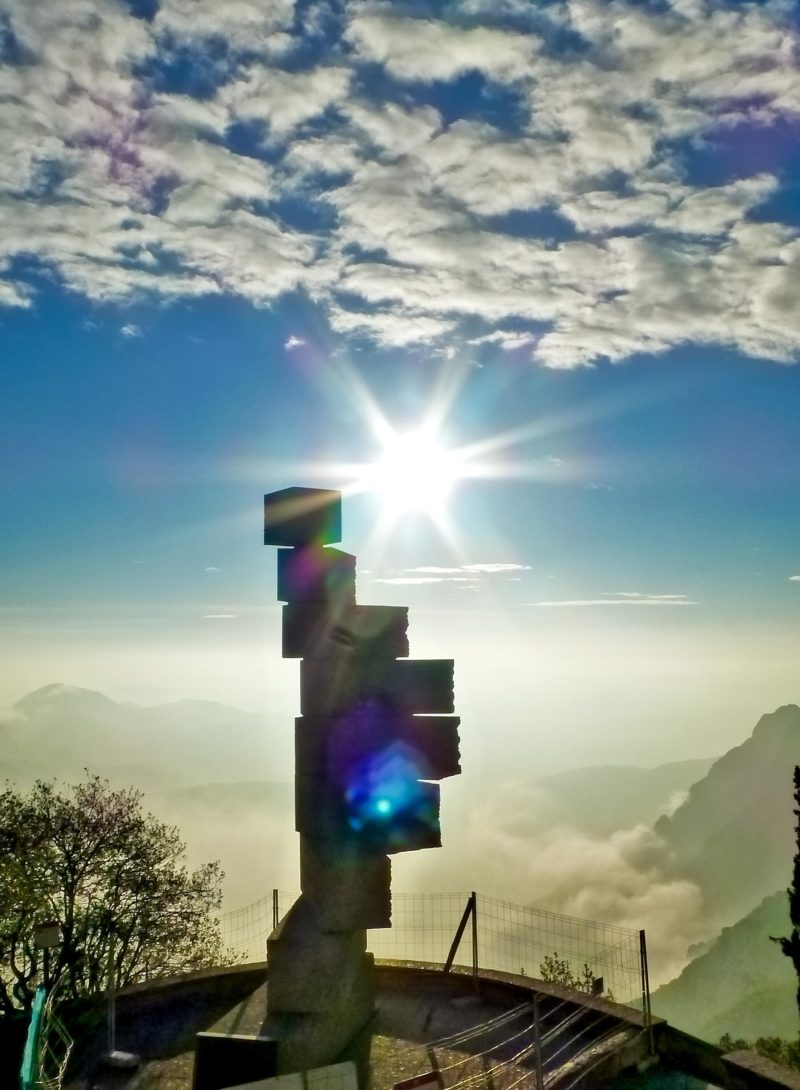
Explore nearby
Montserrat Monastery, Catalonia, Spain
 Joan Miró's largest artworks35 km away
Joan Miró's largest artworks35 km away
